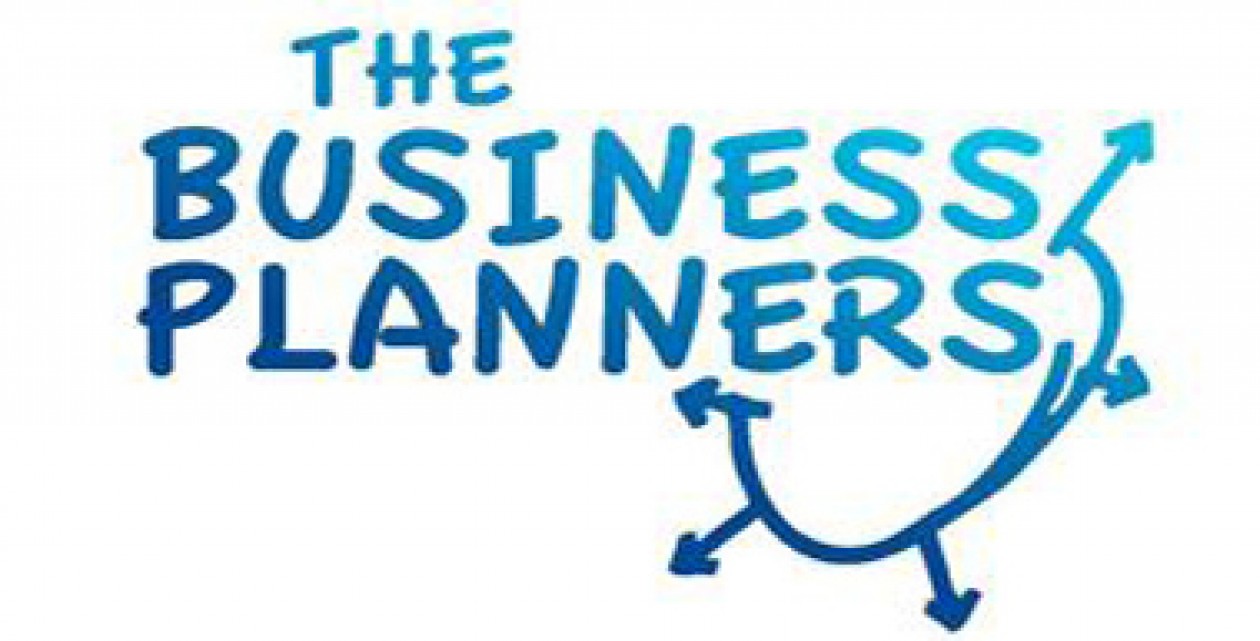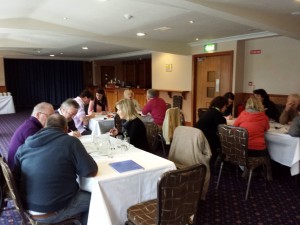Brainstorming
Brainstorming is an effective method to generate many ideas on a specific topic. Depending on the method chosen these ideas can be relevant to the topic and or have an alternative view of the problem.
Brainstorming requires more than 6 people to be effective, with the ideal size of 8 – 12 people. Brainstorming should occur outside the office environment where people can relax and be switched off from office tasks & routines. The more relaxing and comfortable the environment, the more fruitful in their endeavours the session will be.
The brainstorming environment requires a facilitator to moderate the session, space to operate in and the ability to capture comments and ideas.
The facilitator is responsible for guiding the session, getting team members to contribute to the session and that ideas are capture on the appropriate material, flip chart works best for spontaneous word generation.
Team members should include those outside the department, if possible as this will give a wider knowledge and creativity pools to choose from. For some sessions, I have found that a departmental manager or CEO should refrain from the brainstorming session / activities as their actions & comments can influence the process of idea generation.
Relaxation exercises should proceed the brainstorming session. This will allow members gain time to interact with other team members, and relax to become more creative.
1) The problem must be defined and understood before the session begins. A badly designed definition can be counter productive to the session. The use of open questions in the definition of the problem “how could we “or “in what way “. The challenge is to construct the session so that all external information is ignored.
2) Time is important, a limit of 30 mins per session should be encouraged, but if the creativity session is producing results, then this should be extended. Larger groups may need more time to gather momentum in idea generation.
3) Once the session begins, members should shout out solutions to the problem, and even some ideas may be at tangents to the issue, but these should be recorded also. No matter how silly, impossible or daft the suggestion is, it should be recorded.
4) All team members should be encouraged to participate with their ideas, laughing and exchanges of humour encouraged, while critism is not. All ideas should be treated in a positive manner and negative comments dissuaded.
5) The facilitator should give notice when the session is near completion.
6) Once the session is completed, the ideas should be grouped into similar themes by both facilitator & team, agreement should be encouraged about the outcome.
This is a typical brainstorming session; there are many tools and techniques that can be used to assist with the creativity process.
Once these ideas have been generated, then another process must occur to score and identify the most applicable ideas generated and then to manage this process in the organisation.
This is called innovation Management, and it involves a stage gate process feeding into prototyping and customer feedback.
<a blog post for another day>




I cannot thank you enough for the post.Much thanks again. Really Great.